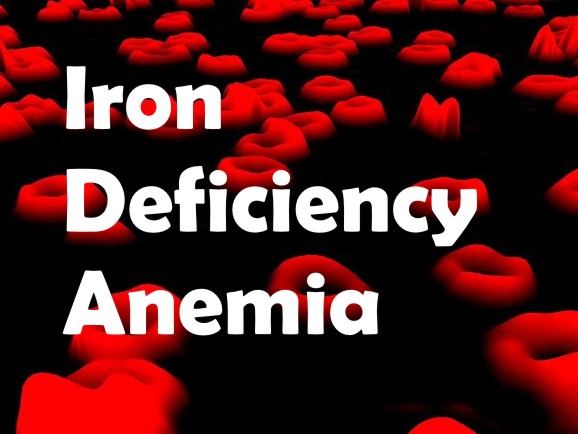By timely intervention we may save a lot of complications and transfusions.
In our blood donation drives these days we have begun to capture details of deferrals to analyze and assess the reasons in greater detail. But even before that there's one trend that is pretty obvious and quite disturbing. A huge percentage of women donors are unfortunately anemic leading to them being turned down.
The problem of anemia seems to have dug deep into our society. From young girl donors in college blood donation drives to middle aged women in corporate setups the problem statement remains the same. At Star Bazaar, the enthusiasm of the women staff was very encouraging. It even motivated several male staff to come forward and donate. However, most of them were deferred due to low Hb levels.

These young women are the potential mothers in the near future. Them being anemic does not augur well for the society in general. They could potentially require transfusion at the time of childbirth. This makes the issue more serious and deserving of attention and intervention.
Tackling anemia through food habits is the easiest way out. However, given the dietary habits in our country it is a difficult target to achieve, specially with those women who have poor levels of education. Supplementing dietary iron intake with external dosage seems like the need of the hour. These supplements are commonly available and have known to have no harmful or adverse effects on the human body.
A pregnant lady being administered iron supplement from very early stages to post childbirth is a common practice. At times it is part of the default pregnancy handling protocol. It is perhaps essential to start iron supplements at an earlier age.
WHO guidelines on “Iron deficiency anaemia: assessment, prevention and control A guide for programme managers(WHO/NHD/01.3)“ states - “It has become increasingly evident that the main target group for supplementation to prevent iron deficiency should be all women of childbearing age (in addition to infants older than 6 months, preschool children, and adolescent girls). This target group should not be limited to pregnant women, who are often accessible only through the health system and late in pregnancy.”
Perhaps educational institutions are the right places to start sensitising young girls about the need and overall benefits of taking iron supplement. Sankalp is making efforts to try this on a pilot basis in a few educational institutions. Hopefully things will fall in place soon.
